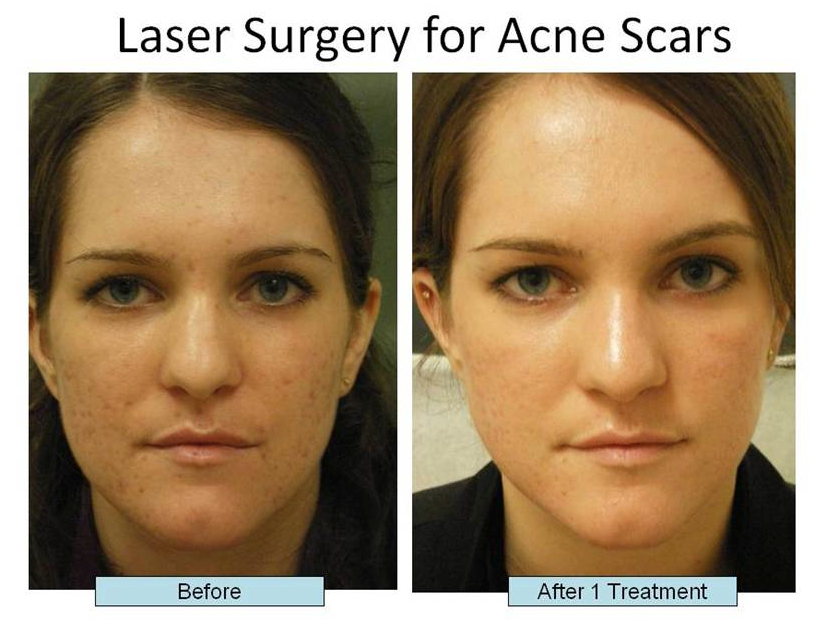Skin Rejuvenation Treatments: The Ultimate Guide to Refreshing Your Skin
Skin Rejuvenation Treatments: The Ultimate Guide to Refreshing Your Skin
Blog Article
Exploring Skin Disease: Determining and Dealing With Acne Scars for Healthier Skin
Acne scars represent a significant worry for people looking for to maintain healthy skin, as they can impact both appearance and self-esteem. Comprehending the different kinds of marks, from atrophic to hypertrophic, is important for figuring out ideal treatment choices.
Comprehending Acne Scars

The body's natural healing process can result in either atrophic marks, which look like depressions in the skin, or hypertrophic marks, which are raised and arise from overproduction of collagen. In addition, the emotional toll of acne scars need to not be underestimated; several people report feelings of shame, anxiousness, and decreased self-confidence. This emotional problem can impact social interactions and overall lifestyle.
Dealing with acne marks calls for a comprehensive understanding of their development and effect. Awareness of the capacity for long-lasting repercussions connected with unattended marks can motivate people to seek suitable therapies. Early intervention and reliable management techniques can significantly boost skin appearance and enhance psychological resilience, emphasizing the relevance of understanding the intricacies surrounding acne marks.
Kinds of Acne Scars
Acne scars can be classified into distinct types, each showing special attributes and calling for particular therapy techniques. acne scars. The main kinds of acne marks include atrophic, hypertrophic, and keloid marks

Hypertrophic marks, on the other hand, are increased above the skin level and are the outcome of too much collagen production during the recovery process. They typically stay within the limits of the original acne sore. Keloid marks are comparable but expand past the original injury site, creating bigger, raised areas that can be uncomfortable or itchy.
Comprehending these sorts of scars is necessary for selecting proper treatment alternatives. Different marks might respond better to particular treatments, such as laser treatments, fillers, or surgical treatments, highlighting the importance of a customized approach to acne scar monitoring.
Determining Your Scars
Acne marks usually fall into 2 classifications: atrophic and hypertrophic scars. These can further be identified right into ice-pick marks, boxcar marks, and rolling scars, each showing unique features and needing different strategies for evaluation.
Hypertrophic marks, on the various other hand, are increased and take place as a result of too much collagen production throughout the recovery procedure. Acknowledging the certain functions of your scars-- such as size, appearance, and deepness-- is crucial for correct identification (skin rejuvenation treatments). Furthermore, consider the distribution of scars across your skin, as this can indicate the intensity and duration of the acne condition
Involving with a skin doctor can provide valuable insights into the nature of your scars, assisting in the differentiation in between numerous kinds. An extensive understanding of your marks will ultimately bring about a more tailored and efficient therapy plan, making certain a more clear and healthier skin tone.
Therapy Choices Readily Available
Identifying the details kind of acne scars present on your skin lays the foundation for discovering reliable therapy alternatives. Common sorts of acne marks consist of atrophic (depressed), hypertrophic (elevated), and post-inflammatory erythema.
For atrophic marks, alternatives such as chemical peels, microneedling, and laser resurfacing are widely used. Chemical peels make use of acids to eliminate the outer layer of skin, advertising new cell growth.
Hypertrophic scars can be treated with corticosteroid shots to squash the scar or laser therapy to reduce soreness and improve appearance. Silicone gel sheets and pressure dressings may additionally aid in taking care of increased scars.
Additionally, dermal fillers can temporarily fill out anxieties from atrophic marks, while surgical excision might be proper for extreme situations. Each treatment alternative has its advantages and considerations, making it vital to talk to a skin specialist. They can offer customized referrals based upon the kind and intensity of your scars, along with your skin kind and general wellness.
Tips for Prevention
Effective important site prevention methods can significantly reduce find the likelihood of creating acne marks. Utilizing non-comedogenic items helps protect against clogged up pores, which can worsen acne.
Staying clear of need to choose or pop acne sores is crucial, as this can cause much deeper skin damages and enhance the threat of scarring. Rather, take into consideration utilizing a cold compress or over-the-counter treatments to decrease swelling and inflammation.
Sun defense is an additional crucial aspect of prevention; ultraviolet (UV) rays can dim marks and impede the healing process. Applying a broad-spectrum sunscreen with a minimum of SPF 30 daily can safeguard the skin and promote even recovery.
Lastly, preserving a balanced diet plan rich in anti-oxidants, vitamins, and minerals supports skin health and healing. Remaining moisturized and handling anxiety degrees can also play a substantial function in lowering acne flare-ups. By applying these strategies, people can substantially minimize their opportunities of developing acne marks.
Conclusion
Finally, understanding and identifying acne scars is necessary for effective treatment and accomplishing healthier skin. Numerous kinds of acne scars, consisting of hypertrophic and atrophic scars, demand certain interventions tailored to individual requirements. Therapy choices array from chemical peels and microneedling to corticosteroid shots, emphasizing the relevance of seeking advice from a dermatologist. In addition, adopting a gentle skincare routine and shielding the skin from UV direct exposure can significantly contribute to the prevention of further scarring and total skin health and wellness.
The body's natural recovery procedure can result in either atrophic marks, which show up as clinical depressions in the skin, or hypertrophic scars, which are elevated and result from overflow of collagen. They are additional divided into three subtypes: ice pick marks, boxcar marks, and rolling marks. Acne marks generally fall into two groups: atrophic and hypertrophic scars. These can even more be identified right Learn More Here into ice-pick marks, boxcar scars, and rolling marks, each showing distinct characteristics and calling for different strategies for assessment.
Various kinds of acne marks, consisting of hypertrophic and atrophic scars, necessitate specific interventions tailored to private needs.
Report this page